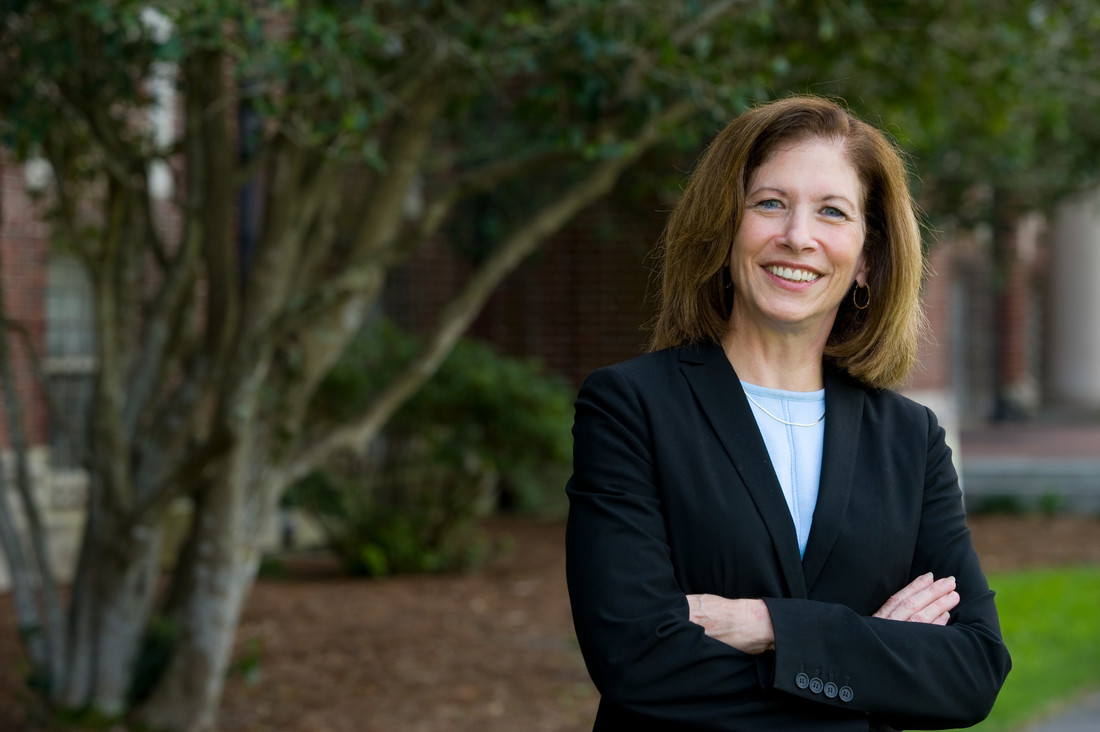
The Heart of SLA
From almost the first day I stepped on campus, nearly a decade ago, I was struck by the interdisciplinary nature of the School of Liberal Arts – an approach that remains today at the very heart of SLA. Not only does the school have almost twenty interdisciplinary programs, providing majors, coordinate majors, or minors, but the teaching and research environment for both faculty and students is shaped by this principle. Departments are not siloed; faculty members readily know and work with others beyond their own disciplines. They participate in cutting-edge courses, seminars, and summer offerings available only at Tulane. Students respond by flocking to innovative programs, and by creating honors theses, undertaking internships, and fashioning self-directed majors that cross departments and engage the perspective of many disciplines. Even within singular departments, such as Classical Studies or Jewish Studies, faculty come from numerous fields, crossing such disparate areas as philosophy, literature, history, archaeology, and religion.
The interdisciplinary approach is apparent as well in our graduate programs, both those formed well before the storm and those created in its aftermath. Our long-standing Art History/Latin American Studies program ranks as one of the finest in the country; our newly created City, Culture and Community Program links urban studies, sociology, and social work. And within SLA based or allied centers and institutes, from our recently formed New Orleans Center for the Gulf South, with its interdisciplinary coordinate major, to our faculty’s central role in established university-wide centers such as the Murphy Institute and the Stone Center, or through their work with the Studio in the Woods, interdisciplinarity defines the complex way we have come to understand the city, the region and the world.
Not surprisingly then, in 2013, when SLA wrote its new strategic plan, interdisciplinarity took center stage. We created our distinctive SLA vision based on three elements: our dedication to place-based creativity, our commitment to service-learning, and, most certainly, our belief in an interdisciplinary approach in which our faculty members reach beyond traditional academic boundaries. As you will read in this month’s newsletter, our enthusiasm for this approach remains both steadfast and strong.

